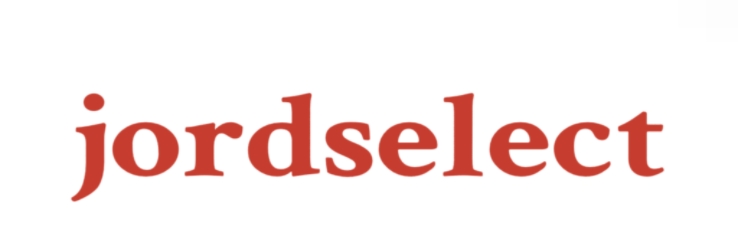Essential Induction Motor Parts: FAQs and Solutions Explained
Essential Induction Motor Parts: FAQs and Solutions Explained
Induction motors are essential in a variety of industries, powering equipment and optimizing operational efficiency. Despite their widespread use, understanding the diverse components that make up induction motors can be perplexing. This guide aims to clarify the vital parts of induction motors through frequently asked questions and clear solutions, incorporating insights from recent industry trends.
What are the fundamental parts of an induction motor?
The core components include:
- Stator: The stationary element that houses coils generating a rotating magnetic field when voltage is applied.
- Rotor: The rotating segment, generally of the squirrel cage type, which spins in response to the magnetic flux created by the stator.
- End Bells: Protective covers at both ends of the motor that also offer structural integrity.
- Bearing: They facilitate the smooth rotation of the rotor while minimizing friction.
- Windings: Coiled conductors in the stator that create the magnetic field essential for motor function.
- Frame: The exterior structure that supports internal components and safeguards them against external elements.
How does the stator function in an induction motor?
The stator’s windings produce a magnetic field as electrical currents flow through them. This magnetic field rotates at synchronous speed, inducing movement in the rotor. The overall efficiency of the motor is significantly influenced by how effectively this process is carried out.
What role does the rotor play?
The rotor, located inside the stator, captures the magnetic field that the stator generates and begins to turn. Squirrel cage rotors are standard due to their resilience and low maintenance needs, characterized by conductive bars that are short-circuited at their ends, allowing current to flow and produce magnetic induction.
Why are bearings critical for induction motors?
Bearings are vital as they support the rotor and decrease friction during its operation. The quality of bearings has a direct correlation with motor efficiency and life expectancy. Regular upkeep, including lubrication, is crucial to avoid wear that could lead to catastrophic failure.
What are common issues related to motor windings?
Motor windings may face insulation failures, overheating, or short circuiting, all leading to diminished performance or outright motor failure. Employing regular thermal imaging and insulation resistance evaluations can help identify these problems early before they become critical.
How to maintain the induction motor frame?
The frame serves to protect the internal parts from environmental damage. To ensure reliable operation, routine cleaning, especially of air vents and cooling systems, is recommended. One should also inspect for signs of corrosion or damage and act quickly to mitigate any issues detected.
Can I upgrade my induction motor components?
Certainly, enhancing components such as bearings and windings can lead to improved motor performance. It’s advisable to engage with a motor specialist prior to making upgrades to ensure that the changes are compatible and will not adversely affect efficiency.
What should I do if my motor fails?
Initially, ascertain the reason for the failure. Common diagnostic checks include inspecting the electrical supply, reviewing windings for shorts, and examining bearings for excessive wear. Depending on the diagnosis, repairs or a complete rebuild may be needed.
For more Induction Motor Parts, How Many Types of Induction Motor, Methods of Starting of Synchronous Motor information, please contact us. We will provide professional answers.

Comments